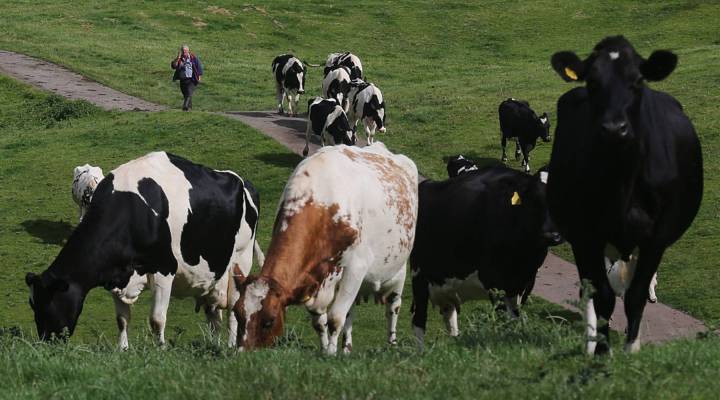
Is your grass-fed beef actually grass-fed?

Many consumers are willing to pay a premium for foods labeled organic, free-range and natural, but those definitions can be pretty confusing.
Earlier this year, for example, the U.S Department of Agriculture ruled that it no longer has the authority to define what the phrase ‘grass-fed beef’ actually means — even though you’ll still see that label at the grocery store.
You might be thinking to yourself that it can’t be that hard to figure out if a cow ate grass for dinner, but as Julia Calderone writes for Tech Insider, it’s a lot more complicated than that.
To make matters even more complicated, the AMS verification process in regards to grass-fed beef was, and still is, a completely voluntary service: Not all meat producers who make “grass-fed” claims on their packaging must go through this rigorous third-party verification process. If a “grass-fed” producer wants to bypass this independent verification system, they can take their claim straight to FSIS.
But one problem is that FSIS does not do on-site audits and inspections. They simply review a sample label and the related paperwork, and decide from those documents whether the claim is truthful and not misleading.
In short, it’s a subjective process that’s open to interpretation.
There’s a lot happening in the world. Through it all, Marketplace is here for you.
You rely on Marketplace to break down the world’s events and tell you how it affects you in a fact-based, approachable way. We rely on your financial support to keep making that possible.
Your donation today powers the independent journalism that you rely on. For just $5/month, you can help sustain Marketplace so we can keep reporting on the things that matter to you.












